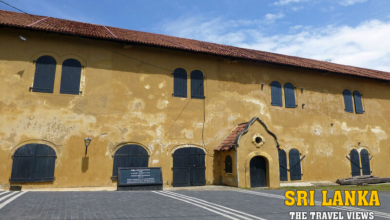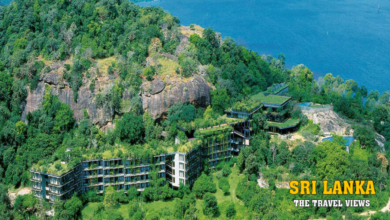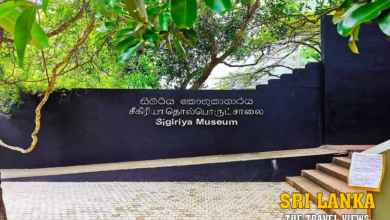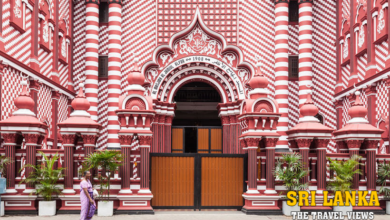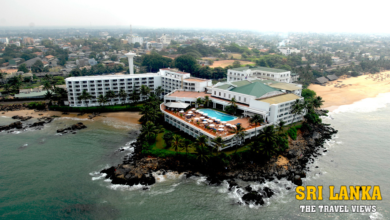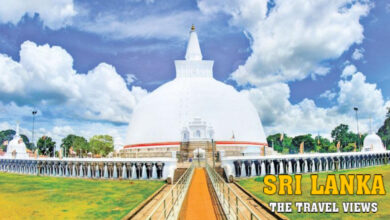Tissamaharama Raja Maha Vihara
Introduction
Located in the beautiful southern regions of Sri Lanka, Tissamaharama exudes the charm of a town where culture, history, and the natural world seamlessly converge. With roots extending over two millennia, Tissamaharama stands as a living example of the resilience of the human spirit and the diverse array of civilizations that have left an indelible mark on its essence. Entering Tissamaharama feels like embarking on a voyage through time, where ancient echoes whisper stories of a period when the town thrived as a bustling hub of commerce and spirituality.
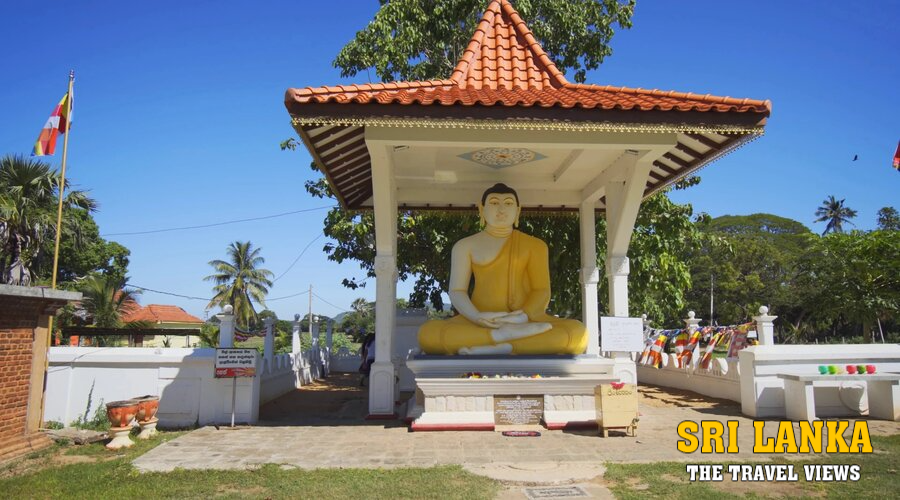
The Tissamaharama Raja Maha Vihara, a Buddhist temple dating back to the second century BC, takes center stage in the historical narrative of Tissamaharama, bearing witness to the enduring cultural legacy. Its vast ruins, intricate carvings, and ancient stupas beckon tourists to explore the town’s rich cultural heritage, traversing through the ages. Beyond the temple, the streets of Tissamaharama transform into a vivid canvas, where the fusion of Hindu and Buddhist customs comes alive in cultural events that breathe new life into the past. The town invites everyone to immerse themselves in the living tale of Tissamaharama, setting the stage for an excursion that transcends simple sightseeing, thanks to its historical and cultural allure.
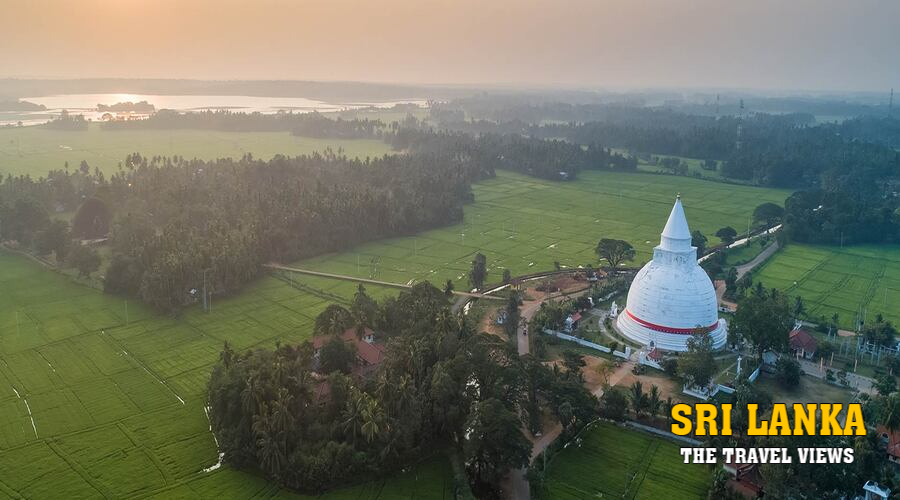
Cultural Chronicle – Tissamaharama
Tissamaharama stands as the central attraction with a rich cultural history dating back to the second century BC. The venerable Buddhist temple, Tissamaharama Raja Maha Vihara, safeguards the town’s ancient heritage, with its vast ruins, elaborate carvings, and age-old stupas serving as a silent testament to the transformative influences of different civilizations on Tissamaharama’s personality.
In its prime, Tissamaharama thrived as a bustling center of religion and culture, attracting travelers and businesspeople from around the world. Traders seeking business opportunities and pilgrims in search of spiritual enlightenment converged in this vibrant town, creating a melting pot of cultures that defined Tissamaharama. Positioned strategically along old trade routes, the town became a hub for the spiritual aspirations of the faithful. The Tissamaharama Raja Maha Vihara, with its hallowed halls and sacred relics, served as a focal point for the exchange of ideas, goods, and cultural influences.
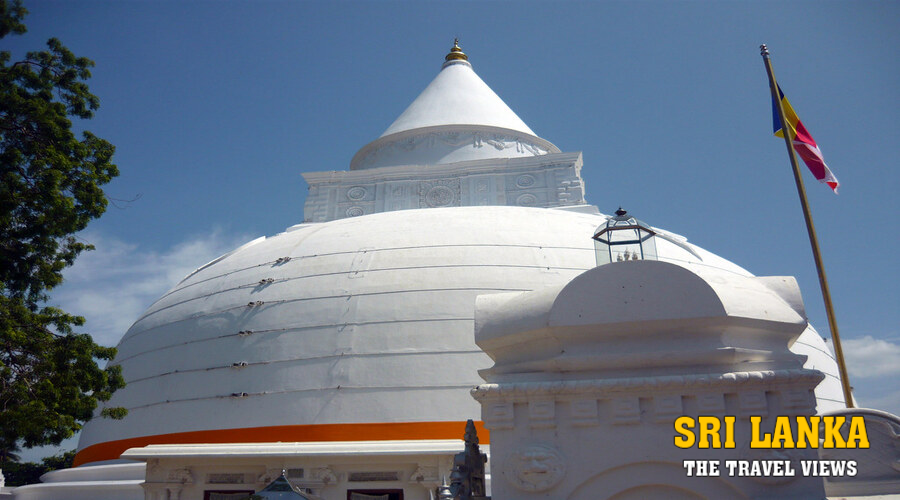
Beyond the temple walls, Tissamaharama’s landscape is adorned with artifacts from past civilizations, forming an enthralling mosaic where the stones themselves seem to whisper stories of trade routes, dynasties, and spiritual endeavors. Archaeological finds scattered throughout the town’s vast area offer windows into the daily lives of its prehistoric inhabitants, revealing a cultured community engaged in trade, art, and religious rituals. Tissamaharama, with its cultural chronicle, transcends being merely a historical backdrop; it transforms into a dynamic stage where the stories of numerous civilizations harmoniously collide, inviting contemporary explorers to unravel the intricate narratives woven into its very foundations.
Natural Splendor of Tissamaharama
Tissamaharama unveils another aspect of its identity wild beauty in its natural surroundings, extending beyond its cultural richness. The town invites visitors into an ecological wonderland, serving as the gateway to Yala National Park. Wide savannahs greet visitors, stretching as far as the eye can see, captivating them in a breathtaking display of nature’s magnificence.
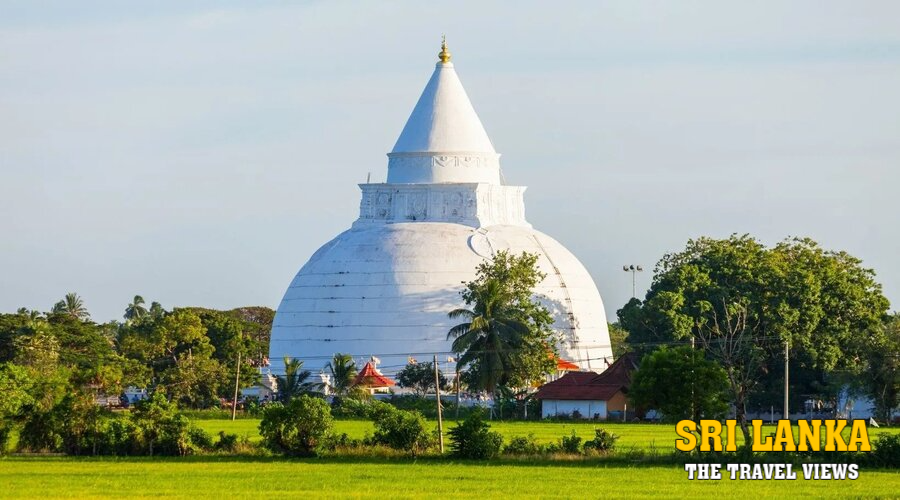
Beautiful lakes scattered throughout the terrain further enhance the picturesque scene, providing tranquil moments amidst the vibrant tapestry of the wild. The natural landscape of Tissamaharama, characterized by lush forests, adds another layer to its charm. The air carries the earthy scent of foliage as visitors meander through the verdant canopy. These forests, teeming with life, become a sanctuary for diverse flora and fauna, offering a haven for both nature enthusiasts and casual explorers.
Due to its proximity to Yala National Park’s wildlife sanctuary, Tissamaharama acts as a vital link between nature, culture, and history. In the convergence of these elements, the town transforms into a space where the discovery of historic ruins and the excitement of a safari adventure coexist harmoniously. Visitors embark on a comprehensive and immersive journey, captivated by the unadulterated beauty of nature while also witnessing the echoes of past civilizations. In all its natural beauty, Tissamaharama invites everyone to engage in an experience where history, culture, and nature merge to create a place that appeals to the senses as well as the soul.
Conclusion
However, Tissamaharama is more than a tableau preserved in time; it is a vibrant community that breathes life into its cultural legacy. The people of this place are kind and committed to maintaining long-standing customs, fostering a culture where the past and present coexist harmoniously. Tissamaharama emerges as a vibrant cultural center that encourages tourists to actively participate in its customs, resounding with the beat of cultural celebrations in its streets. Tissamaharama becomes a location where history is not a distant memory but a vibrant, living manifestation of a society proud of its unique heritage. This cultural resilience is woven into the very fabric of the town, creating an atmosphere that invites all to witness and engage with the dynamic living history of Tissamaharama.
To sum up, Tissamaharama is a multifaceted gem that invites visitors to discover all sides of its identity, which opens up like chapters in a captivating tale. Its cultural resiliency, breathtaking natural scenery, and rich historical tapestry combine to create an immersive experience that is timeless. Tissamaharama invites everyone to experience the harmonious fusion of history, culture, and the wild beauty that characterizes this alluring region of the island nation. Its ancient resonances and modern vibrancy serve as a testament to Sri Lanka’s enduring spirit.


